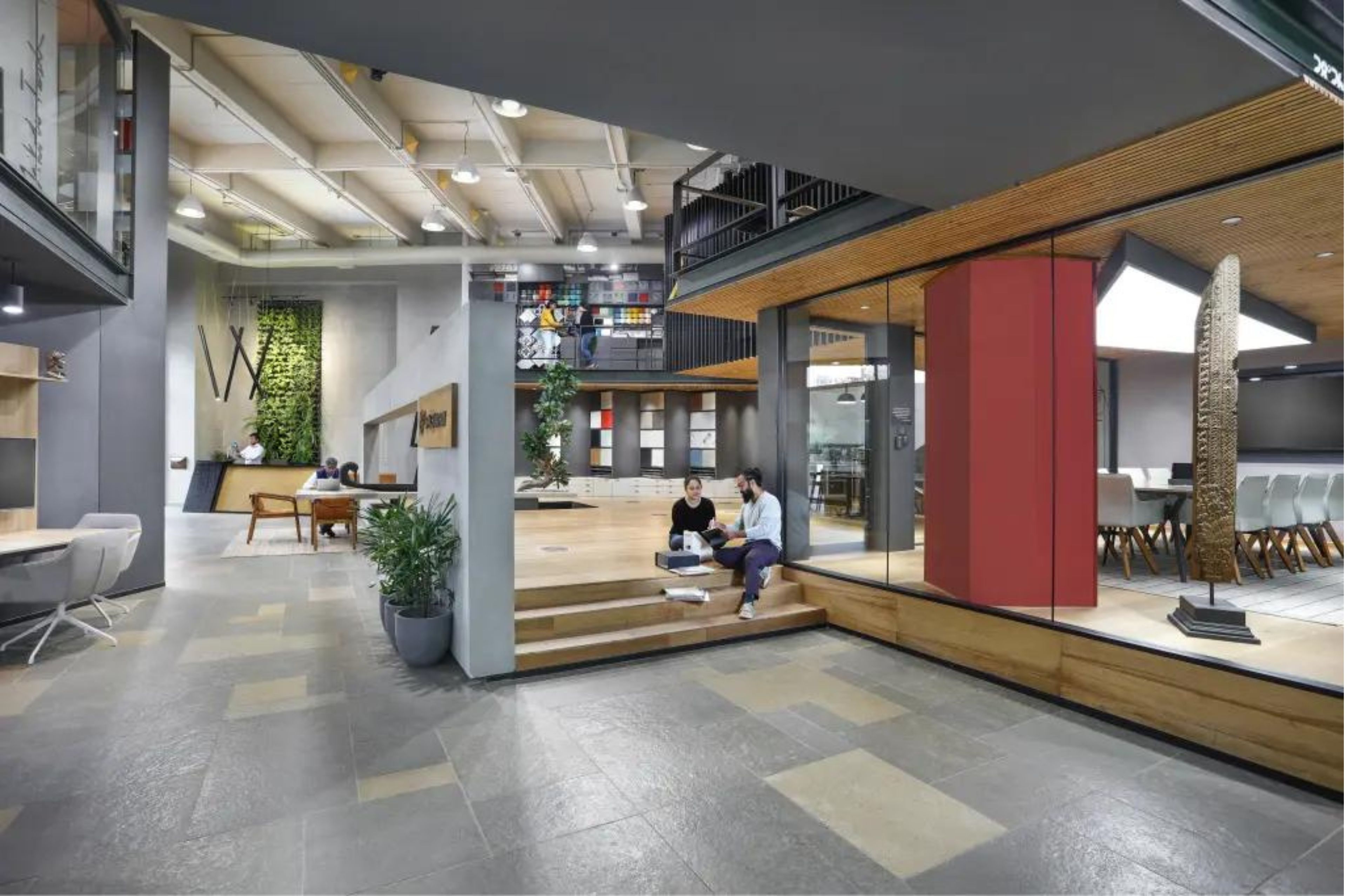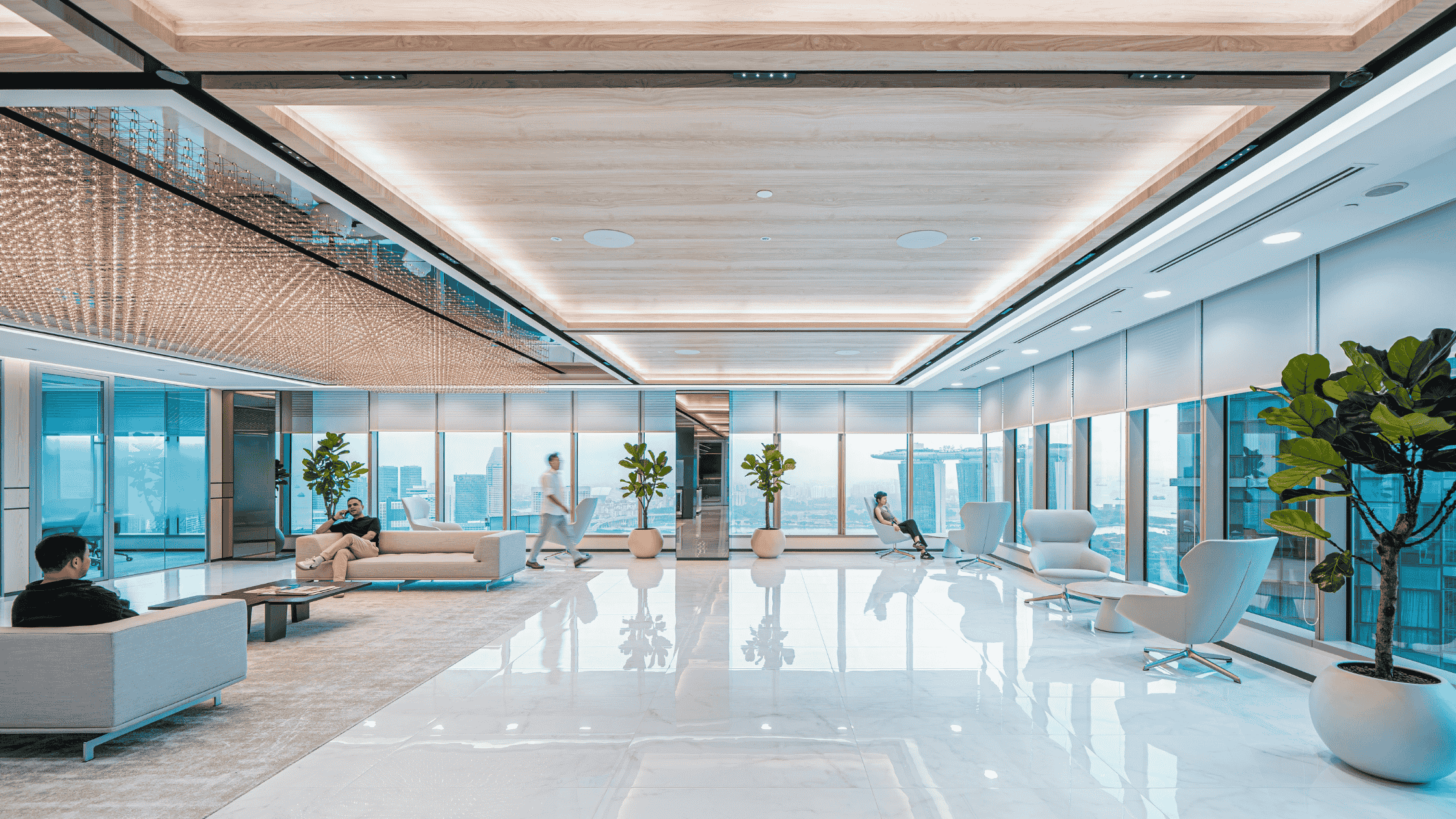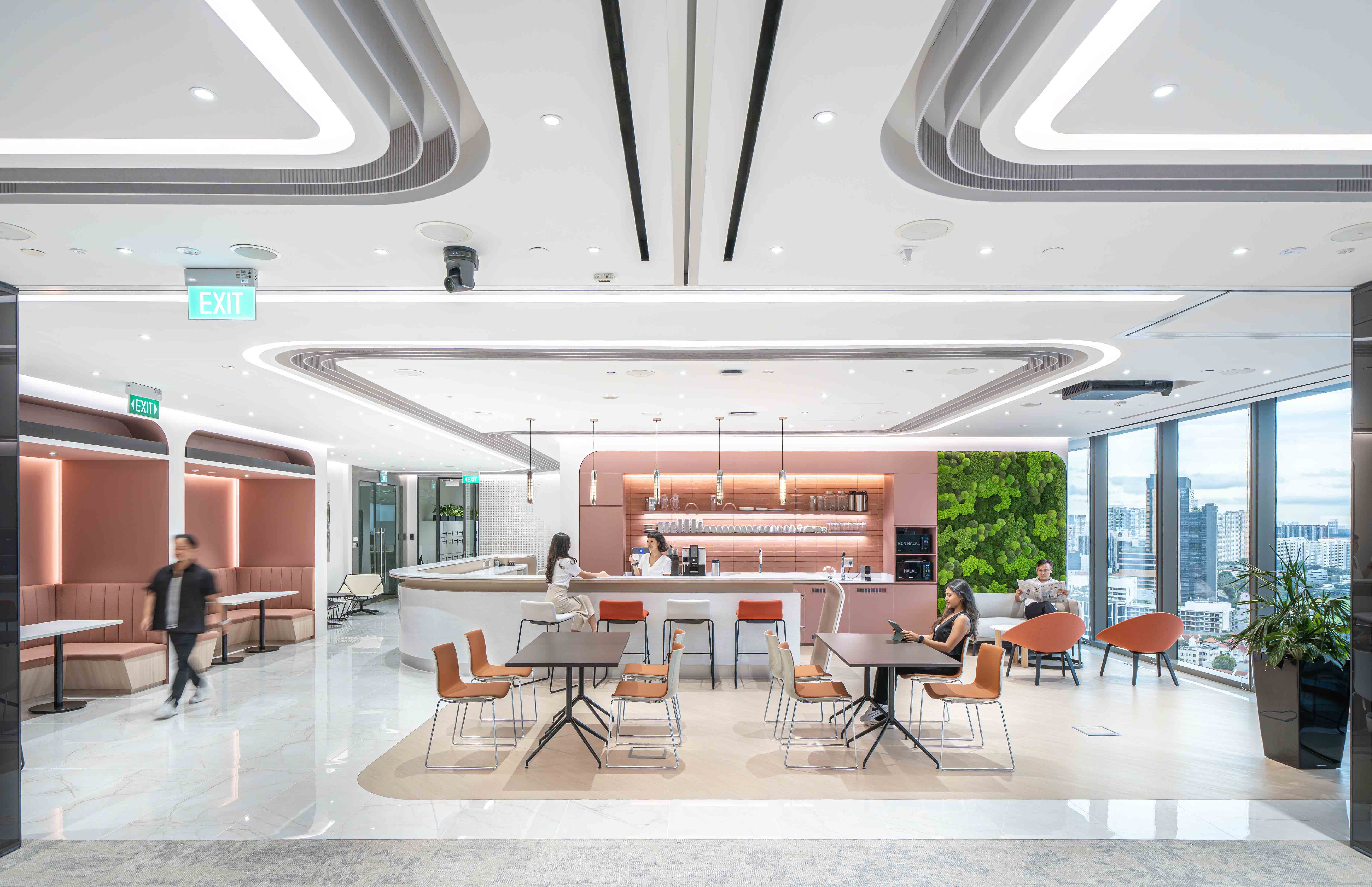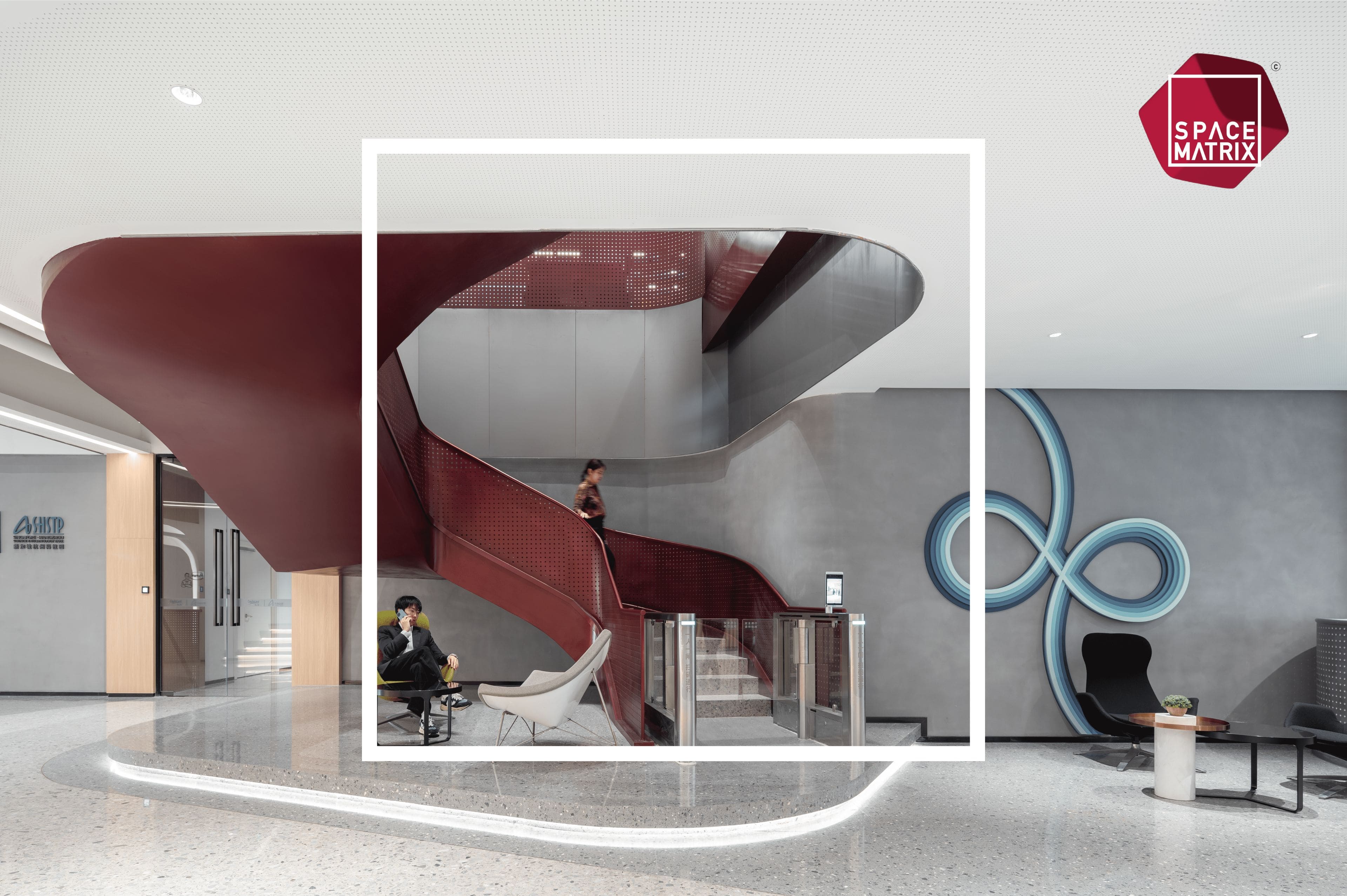Modern Workplace Design Trends: Shaping Future Workspaces
In recent years, the needs and expectations of employees from their physical workplace have undergone a drastic change. The workspace is evolving and in response, the concept of the modern workplace design has evolved. In fact, it was never static to begin with.
Our understanding of design principles is in a state of constant evolution, just like the disposition of each generation that steps up to occupy the space at any given time. To delve into this more, let’s have a look at what makes for a great workplace including workplace design trends that have left a lasting impact on industries.
However, there are always two major components which differentiate a great office space from a good one.
1) Objective improvements that unequivocally improve the mental and physical well-being of every person occupying the said space.
2) Subjective design elements that cater to individual needs, thus actively promoting self-expression and actualisation.
With both these factors accounted for, organisations can design a workspace that not only boosts employee retention and productivity but also stands as a physical representation of their value system.
Comfort is a key consideration in recent workplace design trends
With one’s senses being continuously affected by their surrounding environment, it is up to good workplace design to create an atmosphere that fosters a sense of comfort and well-being for everyone. These tweaks come in the form of larger design elements that affect the entire office space.
- Indoor climate: A person’s comfort level heavily depends on ambient factors such as temperature, humidity, and air purity. In order to create the perfect indoor environment, the design must account for how climate is regulated within a given space.
- Noise levels: Each job function produces a certain level of ambient noise through both employee interactions and background machinery. It is crucial for a well-designed workspace to isolate the noise wherever necessary, and use specific design geometry and materials in order to provide acoustic comfort to each employee.
- Health hazard mitigation: Utilising proper filtration to minimise the presence of air pollutants, making dust-prone spaces easy to clean, accounting for moulds and allergen formation, etc., all fall under the umbrella of design elements that go a long way towards creating a healthy workspace.
Gartner’s talent-focused workspace is fully-tech-enabled and features controls for everything from automated blinds to regulating light, temperature optimisation based on occupancy, indoor air quality monitoring and even displays nutritional values of food being served in the cafeteria, to maintain a comfortable, healthy work environment for all employees.
The growing importance of Wellness and Well-being in Workplace Culture has spurred the need for these innovations in workplace design. These solutions are not meant to revolutionise how work is conducted. Instead, these are put in place to make sure that basic health, hygiene & comfort levels are maintained for the organisation’s commitment to ensuring employee well-being. Once these basic requirements are met, companies can look to further expand their design philosophies and truly customise their workspaces.
Effective trends in Workplace design
Thorough market research and accountability for an organisation’s specification of its dream workplace becomes imperative when conceptualising and eventually implementing a project. Therefore, Space Matrix strives to build workplaces by tapping into every nook, resource and specification to create an immersive, impactful and intuitive workplace. By doing so, Space Matrix sets trends and aims to make every new workplace the best.
This is how we ensure that every project accommodates all aspects of a flourishing workplace:
Blended designs
Each job function in a given organisation has different requirements when it comes to the utilisation of space. While some might require open collaborative environments, others need quiet, contemplative isolation. This is why blended designs that account for every workstyle are the need of the hour.
Changing workplace design trends have also impacted the Finance Industry. Bank Of Singapore’s workplace in Hong Kong balances the need for teamwork & individual work, by offering each team a “neighbourhood” of spaces ranging from open areas for collaboration, to private rooms for concentration.
Agile spaces
With the timeframe between each technological boom getting shorter and shorter each year, it is almost impossible to predict how job functions will evolve in the near future. For this reason, agile workplaces exist to match the flexible needs of the workforce. This is why adaptable spaces that can easily integrate new technologies, and be shifted around to accommodate new workstyles, are indispensable for the modern workplace.
Omnicom’s workplace encourages collaboration and interaction by easily converting modular workspaces into ‘neighbourhoods’ which can easily unify all user groups, even with different types of collaborative set-ups. The flexibility of changeable functional spaces instantly promotes unity that caters to all user group’s needs.
Wellness First!
As work environments continuously become more competitive and fast-paced, the strain on the mental and physical health of each worker also sees a significant rise. This is why design considerations such as privacy pods, quiet zones, green areas, and employee lounges are more important than ever.
Space Matrix’s own Beta Lab is a WELL-Certified workplace meets 14 parameters to ensure employee wellbeing, including biophilic wall design, views to the exterior, controlling of solar glare, ensuring daylight penetration and artificial lighting, air quality monitors & carbon and particle filters.
The physical workplace isn’t going away anytime soon, which makes it all the more essential for organisations to cultivate a work culture that each individual associated with them can be proud of. While company policies, hiring practices, management selection, and other such factors play a role in realising this dream, workplace design considerations set the tone for everything that follows.
Is your business in need of a workplace that matches its vibrant forward-thinking work culture?
Our experts can help you realise a workplace design that synergises with your organisation's goals and vision. Contact us today!




